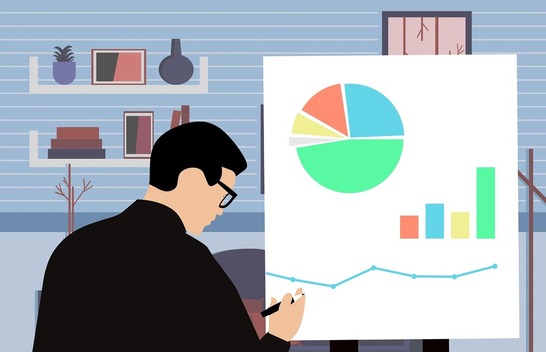|
Data analytics is the field of analyzing data and using any insights you've discovered to facilitate an organization's workflow. It has a very hands-on approach to things and focuses on describing a problem accurately and liaising with the stakeholders to drive decisions based on the data analyzed. Data science is akin to that, while it employs the scientific method to go deeper into the data and develop more sophisticated strategies to drive those decisions. Nowadays, the roles of the data analyst and the data scientist are somewhat mixed since the latter is still relatively new. The fact that its evangelists haven't publicized it accurately makes it even more challenging to understand how it fills a somewhat different niche as a role. A data analyst is more wide-spread as a role and ties to a large variety of tasks, including marketing analytics (e.g., SEO) and business intelligence (BI) work. An organization usually leverages a data scientist in cases with more unstructured data (e.g., text) or data from various forms, making data wrangling a necessary part of the analysis. Also, in scenarios where the objectives are not as clear-cut (e.g., predict the sales of the next quarter), a data scientist is usually preferred. However, it's worth pointing out that many data scientists start their careers as data analysts and that both roles are necessary. After all, they both work with data to produce insights, even if they often go about it differently. Beyond the differences mentioned previously, another critical difference between the two roles is the models used. Namely, the data analyst is more geared towards describing the data and understanding the problem it represents. The data scientist goes a step further and also makes predictions (through mathematical models, usually based on machine learning), digging deeper into it. As a result, she can put together a complete solution, such as a predictive model accessible through an API. Naturally, she can also create a dashboard, something that is among the data analyst's deliverables. What's more, although data analysts can tackle all sorts of data, usually when it comes to text and semi-structured data, that's where they draw the line. For this sort of datasets, specialized methods are required, such as Natural Language Processing (NLP), which falls in the data scientist's domain. The use of AI is often essential in problems like this, something that a data scientist is usually required to know, but beyond the job description of a data analyst. You can learn more about data science and the data scientist's role through a couple of my books. Specifically, the book Data Scientist: The Definite Guide to Becoming a Data Scientist, illustrates the ins and outs of this role and some practical advice as to how you can pursue a career in this field. Additionally, the Data Science Mindset, Methodologies, and Misconceptions book showcases the field overall and its defining aspects as well as the essential techniques used. Both books together offer a birds-eye view of data science and how you can build your career in it. Check them out when you have a chance. Cheers!
1 Comment
2/12/2023 10:49:02 pm
Well written & nicely explain, I read an article about the Differences between a Data Analyst and a Data Scientist from your blog post. thanks for sharing such a beautiful post...
Reply
Your comment will be posted after it is approved.
Leave a Reply. |
Zacharias Voulgaris, PhDPassionate data scientist with a foxy approach to technology, particularly related to A.I. Archives
April 2024
Categories
All
|

 RSS Feed
RSS Feed